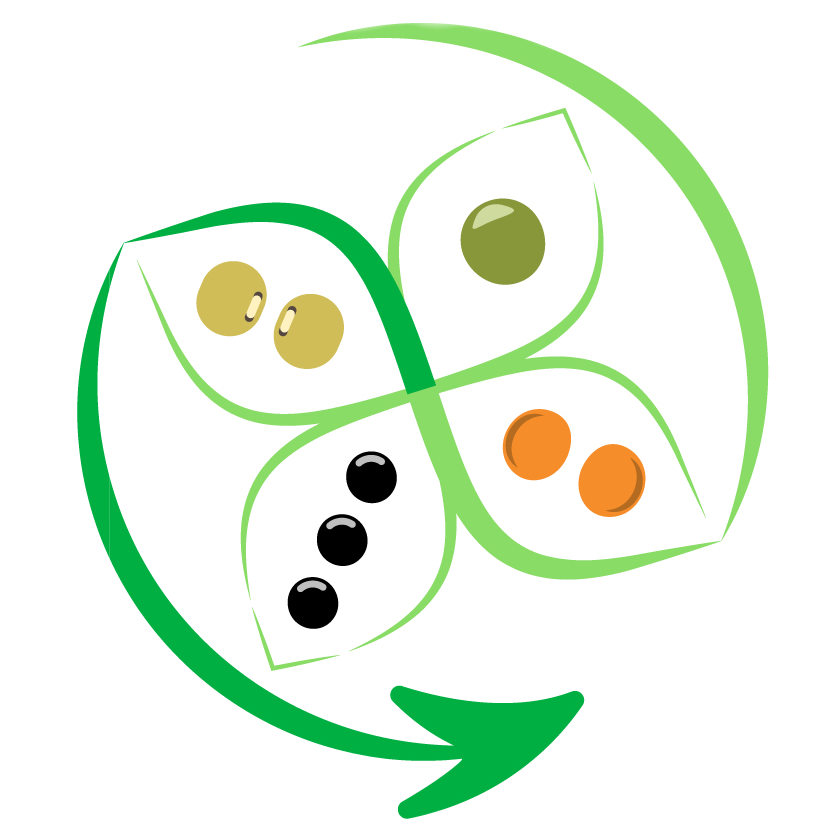Green Seed Coat Colour Retention: LR-06 over 6 site-years from 2019-2022 using BELT
Overview
Use high throughput phenotyping to measure harvested seeds with green seed coats as they age in order to explore genetic components behind the colour degradation as lentil seeds age.
The population used in this study (LR-06) consists of ~160 recombinant inbred lentil lines (RILs) that were derived from a cross between two breeding lines: 1294M-23 (the desirable and maternal parent) and 1048-8R (the undesirable and paternal parent). This experiment consists of a field trial where the seed was grown and then high throughput imaging of the seeds at 3 time points in order to capture the colour changes as these seeds age.
Germplasm
| Germplasm Genus |
Lens
|
|---|---|
| Germplasm Scientific Name |
Lens culinaris
|
| Germplasm Collection |
LR-06 (1294M-23 x 1048-8R)
|
Phenomics
Experimental Design
| Experimental Site Locations |
|
|---|---|
| Timepoints |
|
The population used in this study (LR-06) consists of ~160 recombinant inbred lentil lines (RILs) that were derived from a cross between two breeding lines: 1294M-23 (the desirable and maternal parent) and 1048-8R (the undesirable and paternal parent). The resulting progeny were taken to F7 by single seed decent and bulked.
Seeds used for this experiment were grown in 6 site-years: Sutherland2019, SPG2019, Sutherland2021, Rosthern2021, Sutherland2022, Rosthern2022. This field trial used meter-long plots consisting of 3 rows. All plots were harvested in bulk, threshed, cleaned, and transferred to labelled paper envelopes. They were then imaged using the BELT imaging system after 6, 12 and 18 months.
Seeds from each sample were imaged using BELT and poor-quality photos (photos containing overlapping seeds, cracked or broken seeds, and an abundance of debris) were discarded such that ~200 images were saved for each sample. Imaging was conducted at a time of ~18 months following harvest for seeds grown in 2019. For the samples grown in 2021, seeds were imaged ~6 months following harvest, ~12 months following harvest, and ~18 months following harvest. For seed grown in 2022, imaging was completed ~6 months following harvest. All images were uploaded to Datastore, where PhenoSEED (BELT's accompanying software) automatically extracted CIE L* a* b* scores and generated the LR-06 BELT dataset.
Attribution
Researchers
| Data Collector | |
|---|---|
| Data Custodian |
Kirstin E Bett
|
| Data Curator |
|
Associated Datasets
LR-06 BELT Dataset (Excel, TSV)
This dataset consists of all the measurements extracted by the PhenoSEED/BELT seed imaging system for "Fresh" (~6 months), "Mid" (~12 months) and "Old" (~18 months) seed originally grown in 2019, 2021 and 2022. This represents measurements for almost 100k individual seeds. The originally images are not available for download due to size. Each measurement extracted by PhenoSEED is described in this document: BELTdataDefinitions.pdf.
LR-06 Genetic Map (TSV)
This linkage map consists of 7 linkage groups and 1069 SNP-based genetic markers. The linkage groups were numbered according to the Lcu.2RBY genome assembly. This linkage map was developed by Rob Stonehouse. The genotypic data used to generate it is from the linked SNP Chip.
LR-06 Infinium SNP Chip (TSV; MD5SUM dc68d8eabe6c54cf80439e59558e6426)
This SNP chip was developed by Agriculture Victoria Research (AVR) with investment from GRDC using Infinium SNP chip array technology. The attached file is a simple genotype matrix reporting the results. These results were checked for quality within the GenomeStudio software provided by Illumina. For more information on how it was developed, click here.

